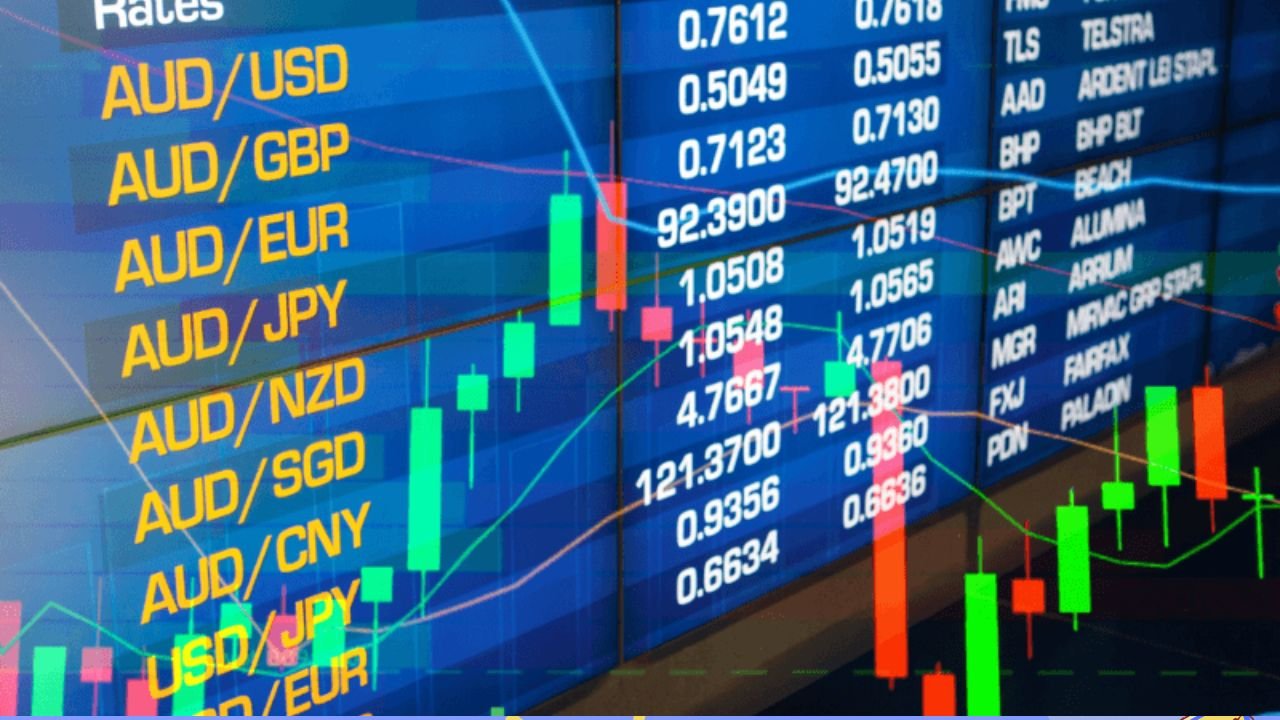The Forex market stands as the world’s largest financial market, with over $7.5 trillion in daily trading volume. This massive marketplace operates 24 hours a day, five days a week, connecting traders from every corner of the globe. Understanding forex fundamentals provides the foundation for successful trading participation and long-term market success.
Currency trading offers unique advantages compared to other financial markets. The combination of high liquidity, flexible leverage options, and continuous market access creates opportunities for traders with varying schedules and capital requirements. Whether you’re seeking short-term trading opportunities or long-term investment strategies, the forex market accommodates diverse trading approaches.
Market accessibility has transformed dramatically over recent decades. Advanced trading platforms now provide retail traders with institutional-quality tools and real-time market access. This democratization of forex trading enables individual traders to participate in markets previously reserved for large financial institutions and investment banks.
Understanding Currency Pairs and Market Structure
Currency pairs form the foundation of all forex trading activities. Each pair represents the exchange rate between two currencies, with the first currency serving as the base and the second as the quote currency. Major pairs include EUR/USD, GBP/USD, and USD/JPY, which offer the highest liquidity and tightest spreads for most trading strategies.
The three-tier classification system categorizes currency pairs based on trading volume and market participation. Major pairs involve the most traded currencies and typically feature the lowest transaction costs. Minor pairs exclude the US dollar but include other major currencies, while exotic pairs combine major currencies with emerging market currencies.
Market structure operates through an interbank network connecting major financial institutions worldwide. This decentralized system ensures continuous price discovery and market liquidity across different time zones. The absence of a central exchange means currency prices reflect the collective actions of all market participants, creating a truly global marketplace.
Essential Trading Terminology and Concepts
Pip calculations form the basis for measuring price movements and trade profitability. A pip represents the smallest price increment for most currency pairs, typically the fourth decimal place. Understanding pip values enables accurate position sizing and risk management across different currency pairs and account denominations.
Spread represents the difference between bid and ask prices, effectively serving as the transaction cost for each trade. Tight spreads reduce trading costs and improve profitability, particularly for frequent traders and scalping strategies. Market conditions, currency pair selection, and broker choice all influence spread costs.
Leverage amplifies trading capacity by allowing control of larger positions with smaller capital requirements. Flexible leverage options enable traders to adjust their market exposure based on risk tolerance and trading strategy. Proper leverage management prevents excessive risk exposure while maximizing capital efficiency.
Market Sessions and Trading Hours
The forex market operates continuously through four major trading sessions spanning different global time zones. The Sydney session opens the trading week, followed by Tokyo, London, and New York sessions. Each session brings unique characteristics regarding volatility, liquidity, and currency pair activity.
Session overlaps create periods of heightened market activity and increased trading opportunities. The London-New York overlap typically generates the highest trading volume and volatility, particularly for major currency pairs. Understanding session characteristics helps traders optimize their trading schedules and strategy implementation.
Economic calendar events significantly impact market behavior during specific sessions. News releases, central bank announcements, and economic data publications create volatility spikes and directional price movements. Successful traders align their trading activities with relevant market sessions and economic event schedules.
Technical Analysis Fundamentals
Chart patterns provide visual representations of market sentiment and potential price direction. Common patterns include triangles, head and shoulders, and double tops or bottoms. These formations help traders identify potential entry and exit points based on historical price behavior and market psychology.
Technical indicators offer quantitative analysis tools for market evaluation and trade signal generation. Moving averages smooth price data to identify trends, while oscillators like RSI and MACD provide momentum analysis. Combining multiple indicators creates comprehensive analysis systems supporting informed trading decisions.
Support and resistance levels represent price areas where buying or selling pressure historically emerges. These levels often coincide with previous highs, lows, or significant market events. Identifying key support and resistance areas helps traders plan entries, exits, and risk management strategies.
Risk Management Strategies
Position sizing determines trade volume based on account size and risk tolerance. Professional traders typically risk only 1-2% of their account capital on individual trades. This conservative approach protects trading capital during losing streaks while allowing account growth during successful periods.
Stop loss orders automatically close positions when prices move against expectations. These protective orders limit potential losses and prevent emotional decision-making during adverse market conditions. Proper stop loss placement balances risk protection with normal market fluctuation accommodation.
Take profit orders secure gains when price targets are reached. These orders help traders maintain discipline and avoid the temptation to hold winning positions too long. Strategic profit-taking ensures consistent returns while protecting against sudden market reversals.
Fundamental Analysis Basics
Economic indicators provide insights into currency strength and potential market direction. Key indicators include GDP growth, inflation rates, employment figures, and trade balances. Understanding these metrics helps traders anticipate central bank policies and long-term currency trends.
Central bank policies significantly influence currency valuations through interest rate decisions and monetary policy statements. Higher interest rates typically strengthen currencies by attracting foreign investment. Monitoring central bank communications provides valuable insights into future policy directions.
Geopolitical events create market volatility and impact currency relationships. Elections, trade negotiations, and international conflicts affect investor confidence and capital flows. Staying informed about global events helps traders anticipate potential market reactions and adjust strategies accordingly.
Trading Psychology and Discipline
Emotional control represents a crucial element of successful forex trading. Fear and greed often drive poor trading decisions, leading to premature exits or excessive risk-taking. Developing emotional discipline through experience and structured trading approaches improves long-term performance.
Trading plans provide structured frameworks for market participation. Comprehensive plans include entry criteria, risk management rules, and exit strategies. Following predetermined plans reduces emotional decision-making and maintains consistency across different market conditions.
Record keeping enables performance analysis and strategy refinement. Detailed trading journals document entry reasons, exit results, and market conditions. Regular review of trading records identifies successful patterns and areas requiring improvement.
Platform Selection and Tools
Trading platforms serve as the primary interface between traders and the forex market. Advanced platforms offer comprehensive charting tools, technical indicators, and order management systems. MetaTrader 4 remains popular due to its user-friendly interface and extensive customization options.



